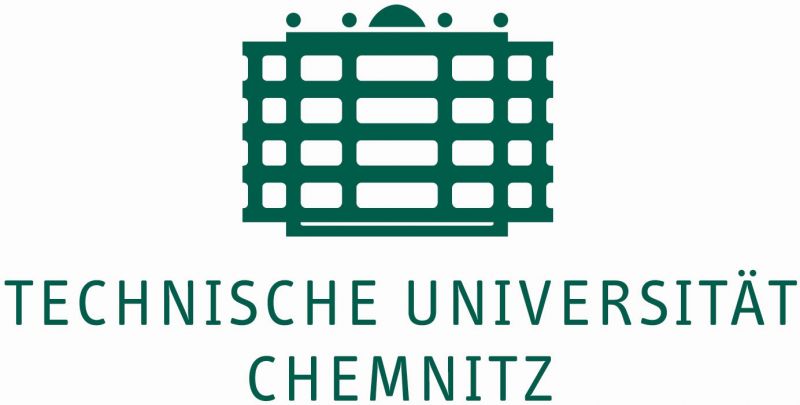Scientific Concept
Unlike the motion of macroscopic objects, thermal agitation and viscous damping determine the motion in soft materials on the nano- to micrometer scale. They arise from the deterministic atomic dynamics, which gets lost in the nonlinear coupling of a huge number of molecular degrees of freedom most of which reappear as thermal noise that drives a comparatively small number of slowly varying degrees freedom on intermediate length and time scales. This noise leads to strong spatial, conformational, and orientational fluctuations of molecules, which are immediately damped out by viscous dissipation into the noise degrees of freedom again. Before this Brownian motion manifests itself as deterministic macroscopic transport, it is however often affected by local structural and dynamical constraints, representing static or possibly also fluctuating free energy landscape. The constraints are due to the potentially complex nanoscale properties of the molecular environment, the support (i.e. walls), or inaccessible degrees of freedom of the studied system. Such properties involve internal structural constraints such as intercalating dyes or the mathematical arclength constraint in the case of DNA, external structural constraints e.g probe molecules embedded into a glassy matrix, polymers in labyrinths and molecular crowding, interfaces as in the case of cells, membranes, pore walls etc. or phase boundaries and many more. We have therefore identified three major fields of research for a collaborative project.
- Internal Motion: relating to the internal conformational dynamics of macromolecules and its response to internal constraints, and confinement
- Confined Motion: describing the Brownian motion of molecules or particles under the influences of boundaries such as solid-liquid or liquid vapor interfaces
- Modulated Confined Motion: including spatially and temporally changing constraints and confinement



